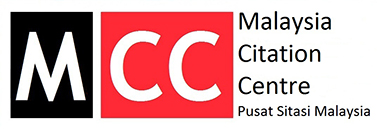
About the Journal
About the Journal
ISSN No: 2180-1053, eISSN No: 2289-8123
The Journal of Mechanical Engineering and Technology (JMET) is a refereed open-access journal, with aims to publish manuscripts that contribute to the development of both theory and practice in the field of mechanical engineering and technology. Authors are invited to submit high-quality manuscripts to be published in JMET in the areas of interest that include, but are not limited to, the following areas:
1. Energy Engineering
2. Automotive Engineering
3. Thermal-Fluids
4. Structure and Material Engineering
5. Design and Innovation
6. Plant and Maintenance Engineering
7. Vibration and Control Engineering
8. Bio Mechanics
JMET is currently abstracted and indexed in:
Current Issue

Journal of Mechanical Engineering and Technology by Penerbit, Universiti Teknikal Malaysia Melaka is licensed under a Creative Commons Attribution-NonCommercial 4.0 International License.
Please refer to all issues at https://jmet.utem.edu.my/jmet/issue/archive.





